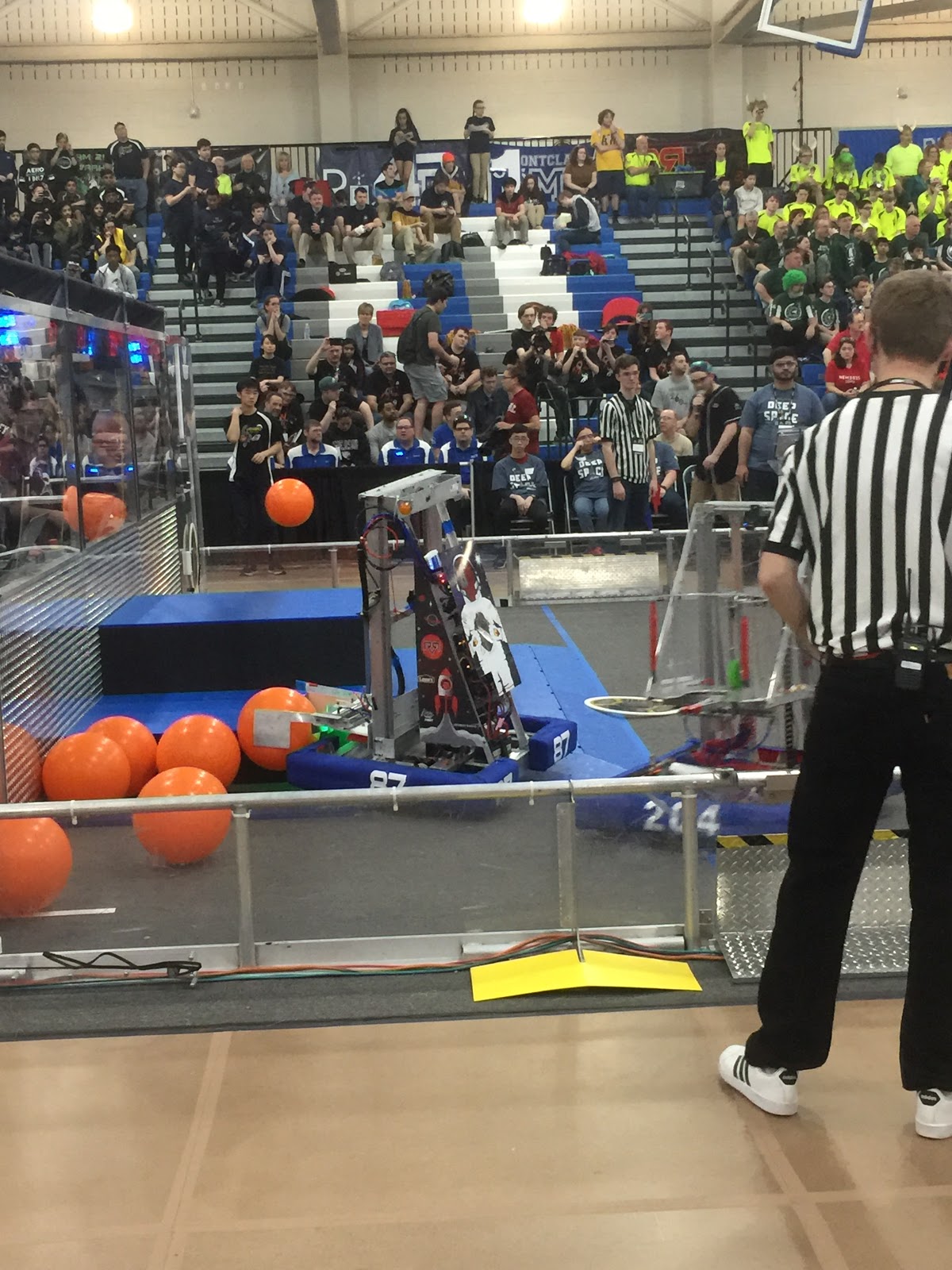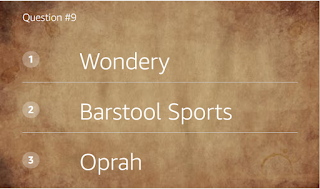I want to give. In life, it's the relationships that we form with each other that matter. We need to develop close relationships with other people. They could be our spouses, children, friends, or co-workers. We are not meant to sit alone in boxes isolated from the rest of the world. We often bury our heads in our phones or get sucked into video games or what not. It becomes easy to get frustrated with others and choose isolation. How is this affecting us as a society? How does it affect us as individuals?
I'm not sure how to answer the first question. Okay, I recant my previous statement: I can answer the question. I'm convinced my answer will stand the heat of logical debate. The lack of relationships makes us poor. We become poor in compassion, generosity, and caring for our fellow human beings. I know there exist plenty of examples of people helping others. That's great, and I make the world a better place one person at a time. Yet, I see so many examples of people hating other people for one reason or another. They're Mexican. They're Jewish. They're Muslim. They're LGBTQ. They're whatever they may be, perceived to be different and thus a threat. For each type of person, the haters give reasons for expressing their hate. They're going to take our jobs. They want to replace us. They want to kill us. They live in sin. So many reasons to hate, yet how well do you know these marginalized groups? Will they take our jobs? Do they want to replace us? Do they definitely want to kill us? Do they actually live their lives in sin?
Develop close relationships with people and get to know them better. Think of all the ways we can make this world a better place by listening to other people's stories. Visit a local mosque and learn how their congregants are attempting to live their own lives in peace. I know co-workers who are Muslim, and I respect them because respecting others is the right thing to do. For those haters of Jews, I can tell you I have no intention of replacing you. (Yes, I'm Jewish. I'm proud of it, and I'm not going anywhere because the United States of America is my home.) In fact, I'm trying get through this struggle called life like everyone else. I have a wife whom I love and have arguments with over and over again. It is outright difficult. Forming close relationships means you have to be vulnerable. You must admit your flaws and mistakes. (Click to Tweet) You must put yourself in the shoes of the other person even should they lack feet.
How does this lack of contact with other affect us as individuals? It makes us feel small and insignificant. What can I do, so future generations remember me despite being one out of billions on this planet? I see many ways to do this: become famous, write books people won't forget, do heroic actions in the face of danger. After thinking about this, I tend to think this is a wrong approach. Instead of being important to billions of people, I should become important to a few close people. One must develop close and intimate bonds with my family and friends. You should do wonderful things showing compassion, love, and generosity. This will make you remembered by future generations. What I mean is that you should not forget the people who love you. You should not forget that there are people in this world who are different. You can improve their lives through simple acts of love and kindness. Form close relationships with people who are not like you. Learn their cultures. What does it mean to be Hispanic? To be Jewish? Muslim? LGBTQ? Put whatever preconceived notions you might have aside. Get to know them as individuals.
Forming close relationships and bonds with other people is a never ending task. There will always be haters, yet there will be people yearning for close friendships. We will continue getting into arguments with our loved ones, yet we can work through those issues. Be vulnerable. Know that you will make mistakes, yet take responsibility for them. You should learn with the intent to improve yourself and your relationships. Get to know others, so you can know yourself. It will hurt at times. That is a risk you must take to develop your friendships and loving bonds.
I'm not sure how to answer the first question. Okay, I recant my previous statement: I can answer the question. I'm convinced my answer will stand the heat of logical debate. The lack of relationships makes us poor. We become poor in compassion, generosity, and caring for our fellow human beings. I know there exist plenty of examples of people helping others. That's great, and I make the world a better place one person at a time. Yet, I see so many examples of people hating other people for one reason or another. They're Mexican. They're Jewish. They're Muslim. They're LGBTQ. They're whatever they may be, perceived to be different and thus a threat. For each type of person, the haters give reasons for expressing their hate. They're going to take our jobs. They want to replace us. They want to kill us. They live in sin. So many reasons to hate, yet how well do you know these marginalized groups? Will they take our jobs? Do they want to replace us? Do they definitely want to kill us? Do they actually live their lives in sin?
Develop close relationships with people and get to know them better. Think of all the ways we can make this world a better place by listening to other people's stories. Visit a local mosque and learn how their congregants are attempting to live their own lives in peace. I know co-workers who are Muslim, and I respect them because respecting others is the right thing to do. For those haters of Jews, I can tell you I have no intention of replacing you. (Yes, I'm Jewish. I'm proud of it, and I'm not going anywhere because the United States of America is my home.) In fact, I'm trying get through this struggle called life like everyone else. I have a wife whom I love and have arguments with over and over again. It is outright difficult. Forming close relationships means you have to be vulnerable. You must admit your flaws and mistakes. (Click to Tweet) You must put yourself in the shoes of the other person even should they lack feet.
How does this lack of contact with other affect us as individuals? It makes us feel small and insignificant. What can I do, so future generations remember me despite being one out of billions on this planet? I see many ways to do this: become famous, write books people won't forget, do heroic actions in the face of danger. After thinking about this, I tend to think this is a wrong approach. Instead of being important to billions of people, I should become important to a few close people. One must develop close and intimate bonds with my family and friends. You should do wonderful things showing compassion, love, and generosity. This will make you remembered by future generations. What I mean is that you should not forget the people who love you. You should not forget that there are people in this world who are different. You can improve their lives through simple acts of love and kindness. Form close relationships with people who are not like you. Learn their cultures. What does it mean to be Hispanic? To be Jewish? Muslim? LGBTQ? Put whatever preconceived notions you might have aside. Get to know them as individuals.
Forming close relationships and bonds with other people is a never ending task. There will always be haters, yet there will be people yearning for close friendships. We will continue getting into arguments with our loved ones, yet we can work through those issues. Be vulnerable. Know that you will make mistakes, yet take responsibility for them. You should learn with the intent to improve yourself and your relationships. Get to know others, so you can know yourself. It will hurt at times. That is a risk you must take to develop your friendships and loving bonds.
Our world can be a good and nasty place. Many people what to do harm to others. This was true in the past, it is true now, and it will be true in the future. You can improve our world by showing love and kindness to one person at a time. Imagine a child who bullies others because their mother recently died. The father retreats into grief by displaying anger. If you can coach and mentor that child, show them love. Let the child know their father loves them, and it is okay to grieve a loved one.
Quite often, people choose hate because they feel isolated and unloved. You cannot reach each person who closed their hearts, yet form a bond with that person. This individual might have become the instigator of the next mass shooting had you moved on. Instead of responding with anger, invest time to understand their hate. You might need to reach within yourself and understand why you respond the way that you do. This is an opportunity for you to show them you are there for them and care. Open their hearts with patience, kindness, understanding, and compassion. You can improve the world one person at a time. (Click to Tweet)
Remember, our time on this planet is finite. Although future generations might forgot you and me, we must make positive impacts. Be positive forces in the lives of those close to us. By showing examples of kindness and compassion, they in turn will do the same. Not every single person we influence will do this of course, yet one or two will, and the pattern will repeat. Thus, you can have a great positive impact on the world by forging a few meaningful relationships. After all, quality not quantity matters.
Remember, our time on this planet is finite. Although future generations might forgot you and me, we must make positive impacts. Be positive forces in the lives of those close to us. By showing examples of kindness and compassion, they in turn will do the same. Not every single person we influence will do this of course, yet one or two will, and the pattern will repeat. Thus, you can have a great positive impact on the world by forging a few meaningful relationships. After all, quality not quantity matters.







